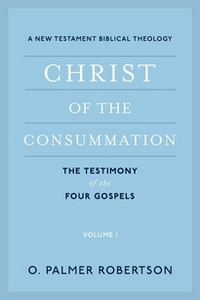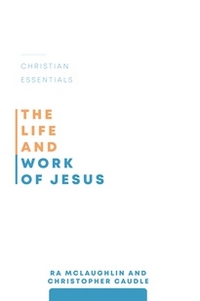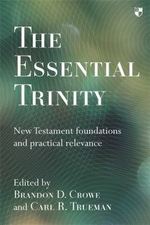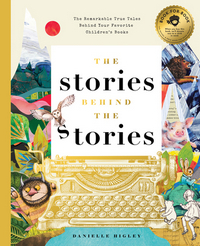 The World Record Book
The World Record Book
of Racist Stories
by Amber Ruffin & Lacey Lamar
DETAILS: Publisher: Grand Central Publishing Publication Date: November 22, 2022 Format: Unabridged Audiobook Length: 4 hrs., 54 min. Read Date: November 28-29, 2022

An Issue with Sequels/Follow Ups
As I’m sitting here thinking about what to write, I keep comparing this to last year’s You’ll Never Believe What Happened to Lacey: Crazy Stories about Racism. This is intentional because this is very much a Part II to that book. But it’s different, too. So it makes sense to contrast it so I can give an idea of how it’s different.
At the same time, I run the risk of sounding dull—”You’ll Never Believe did X, The World Record Book did Y,” “The World Record Book is more Z than…,” and so on.
I don’t know how to avoid that—so I guess this is an apology in advance? I’ll try to limit the comparisons and keep this interesting, if only because the book deserves to give a good impression, even if I’m not able to do that.
What’s The World Record Book of Racist Stories About?
Because they got to share a bunch of stories in the first book—primarily about Lacey—the sisters wanted to give the rest of their family, and some friends, the chance to get their stories told. Or, as they put it, “air out [their] dirty racist laundry.”
Ruffin warns:
FYI: You’ll be able to tell the difference between this book and the last book. This one’s gonna be a bit heavier. A touch more serious. The reason for that is with the first book, Lacey and | got to giggle through silly racism stories, and it felt great. So, if the family wants to share their stories too, however they want to share, we welcome that. We want them to feel great and heard and blah, blah, bloo. There’s plenty of silliness, it’s just that the rest of the family is less likely to remember the funnier racist stories. They have not been keeping journals. But those terrible, scary racist stories? Maaaan, they remember those like a mug. So, to emotionally prepare you, I’d call this book fifty-fifty silly-scary racist stories. Okay? So, don’t come to me talking about “It wasn’t like the first book” ‘cause you’ve been warned.
To balance out these stories, the interplay between the sisters seems a bit sillier than before (in the print version, each has their own typeface so you can see it)—up to, and including, them singing their own little ditties in the audio. The authors also include some pictures for illustration of the ridiculousness of the story or for a little burst of joy or cuteness to alleviate the heaviness of the stories they’re telling.
I should add there are a couple of anecdotes that really silly or scary, just heartbreaking.*
* Granted, there’s a sense in which all of these are heartbreaking, humanity’s inhumanity always is. So I guess those stories are extra-heartbreaking. Heartbreaking cubed.
The Organization of the Book
So, the theme of this book is there in the title—it’s a Guinness World Records collection, but no one wants to get their stories told here (names have been changed to protect those involved—according to the authors, at Lamar’s insistence over Ruffin’s intentions). The anecdotes are arranged under broad topics (or for the person they’re about), and they are each given a title like “Most Confusing Racist Phrase,” “Worst Car Service,” “Most Racist Pilot,” “Worst Celebrity Look-Alike,” “Worst Teacher,” and so on. Several of the category names are clearly exercises in creativity by the authors, like “Most Regular Degular, Day-to-Day Racism” or “Most Racist Comment I Was Not Part Of”
These Worsts and Bests, it must be remembered, apply to their family and circle of friends. Most minorities in this country can probably come up with their own “Worst Nursing Home Experience,” “Second Worst Bar Patron,” or “Worst Interview.”
A Variety of Storytellers
In the previous book, the stories were predominately told about things that happened to Ruffin or Lamar, as I’ve said. This time out, they bring in stories about their mother, father, all their siblings, a sibling-in-law, a former Nebraska state senator, and even a couple of white people (for contrast).
In fact, the book opens with an anecdote from a white, male friend about a traffic stop. It’s really atypical encounter, and one that this white, male would enjoy having. But, Ruffin says that it’s the story that shocked her the most. I don’t blame her if what follows is what she’s used to. Roughly midway through the book, we get another five quick anecdotes from a friend that Ruffin trades “opposite stories” with:
Stories where I’m suffering some racist nonsense and she’s getting away with everything but murder. It’s so shocking to me. I can’t believe this is happening to my little bud. Being white is hilarious. So, as you read these next five stories, try to think about how out of place they are in this book. Try to imagine a Black man getting away with any of this. It’s fun because you can’t!
With at least four of these, I agree—I can’t imagine that. Probably not the other, either.
They also include some anecdotes from state senator Tanya Cook, a nice (?) reminder that it’s common to find this kind of behavior anywhere.
So, what did I think about The World Record Book of Racist Stories?
Lamar writes in her closing remarks:
I’m glad our family and people from the community got the chance to share these stories with you. No matter how you feel about them, they have happened and are happening out there to not just a small group of people in Omaha, Nebraska, but to absolutely anyone at anytime, anywhere. I personally feel that by sharing these stories we are shining a light on racism, ignorance, and just some all-around hilarious shit.
That’s a pretty good way to summarize this book. And it’s a light that needs to be shone in a way that the masses will take it in. In our culture, for better or worse, the best way to do that is to make it funny and chopped up into digestible bits*. Which is what Ruffin and Lamar did here.
* See Planet Funny by Ken Jennings for more on that.
I didn’t enjoy this as much as the first—no offense to the authors and contributors, but it wasn’t as fun. If only the Introduction had warned me… But the authors worked hard to make it enjoyable—it’s just hard to do with the subject matter. As it grawlix-ing should be. The fact that they succeeded at all is remarkable.
Pretty much, you can read what I said about You’ll Never Believe and apply it here, just with a little less laughter. But I did laugh audibly at a few points, so there’s that. I also shook my head enough in unbelief/despair/denial that I’m surprised I didn’t pull something.
It may not be my favorite non-fiction read of the year (but it’s close), but it might be the most important one. Pick this (and the predecessor) up, folks.

This post contains an affiliate link. If you purchase from it, I will get a small commission at no additional cost to you. As always, the opinions expressed are my own.
![]()



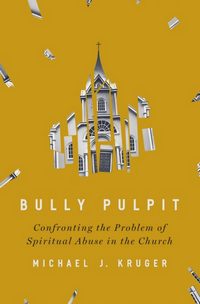

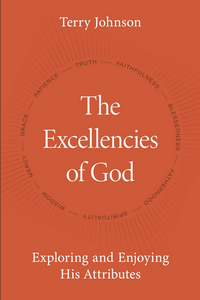
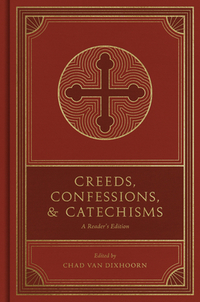
 The Apostles’ Creed
The Apostles’ Creed